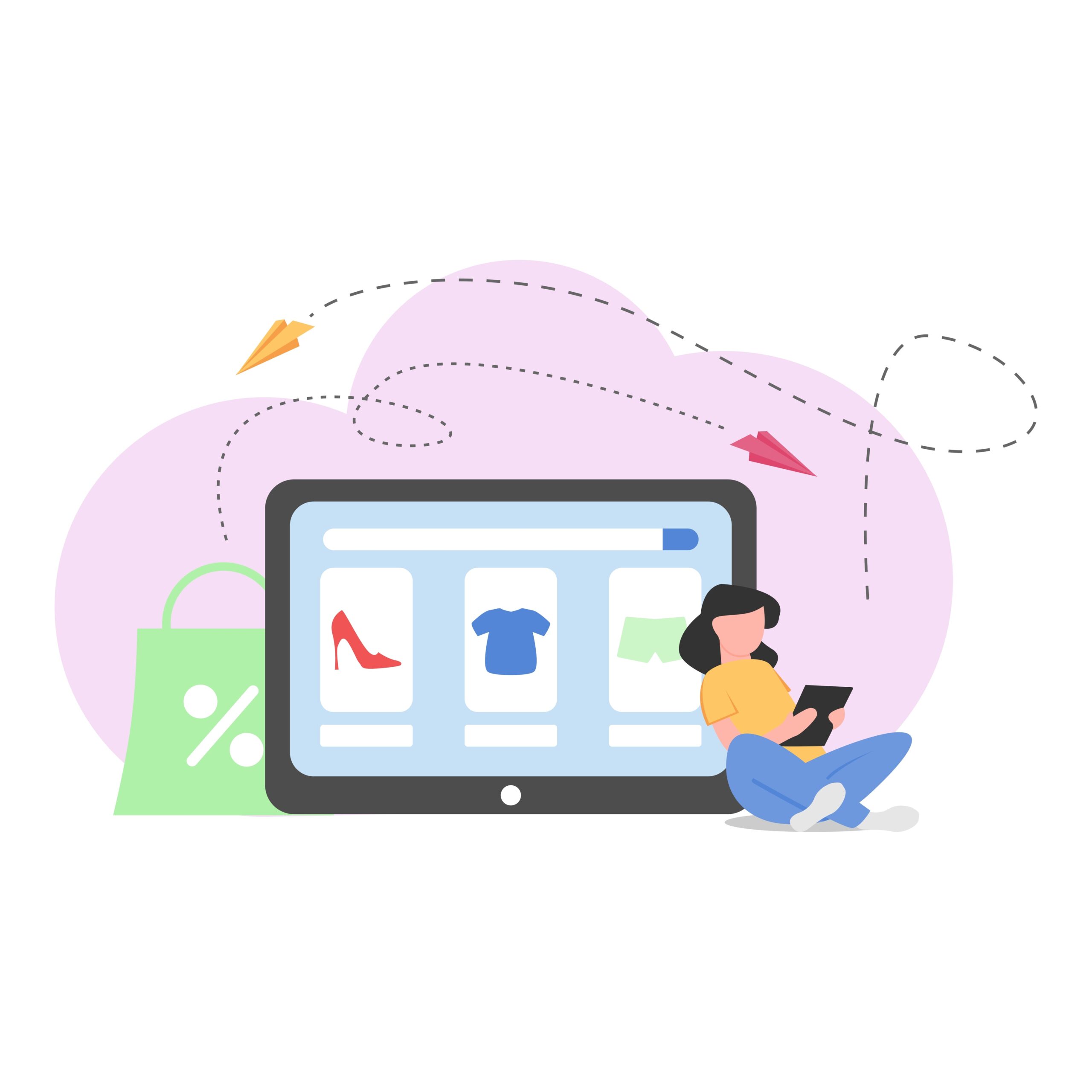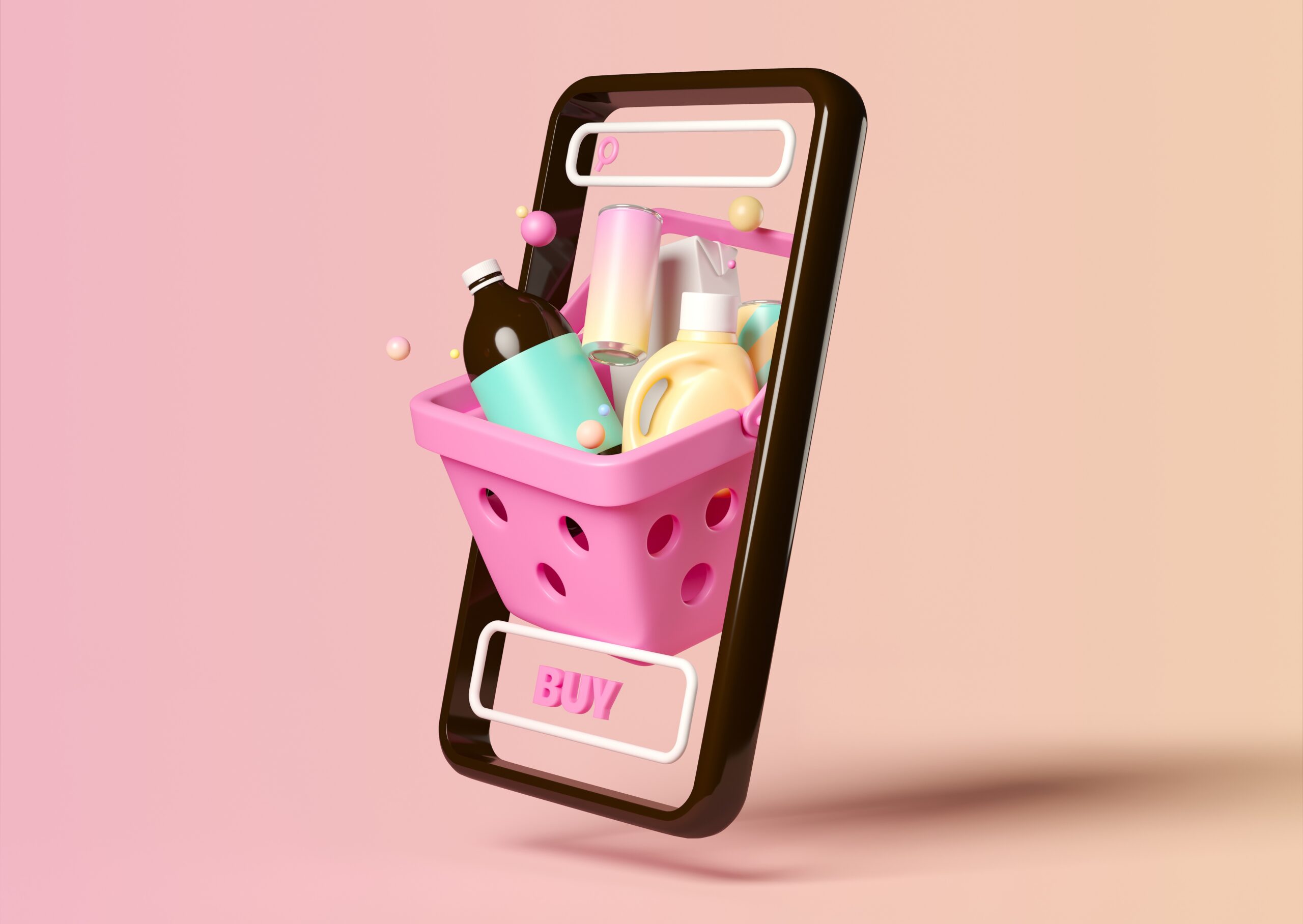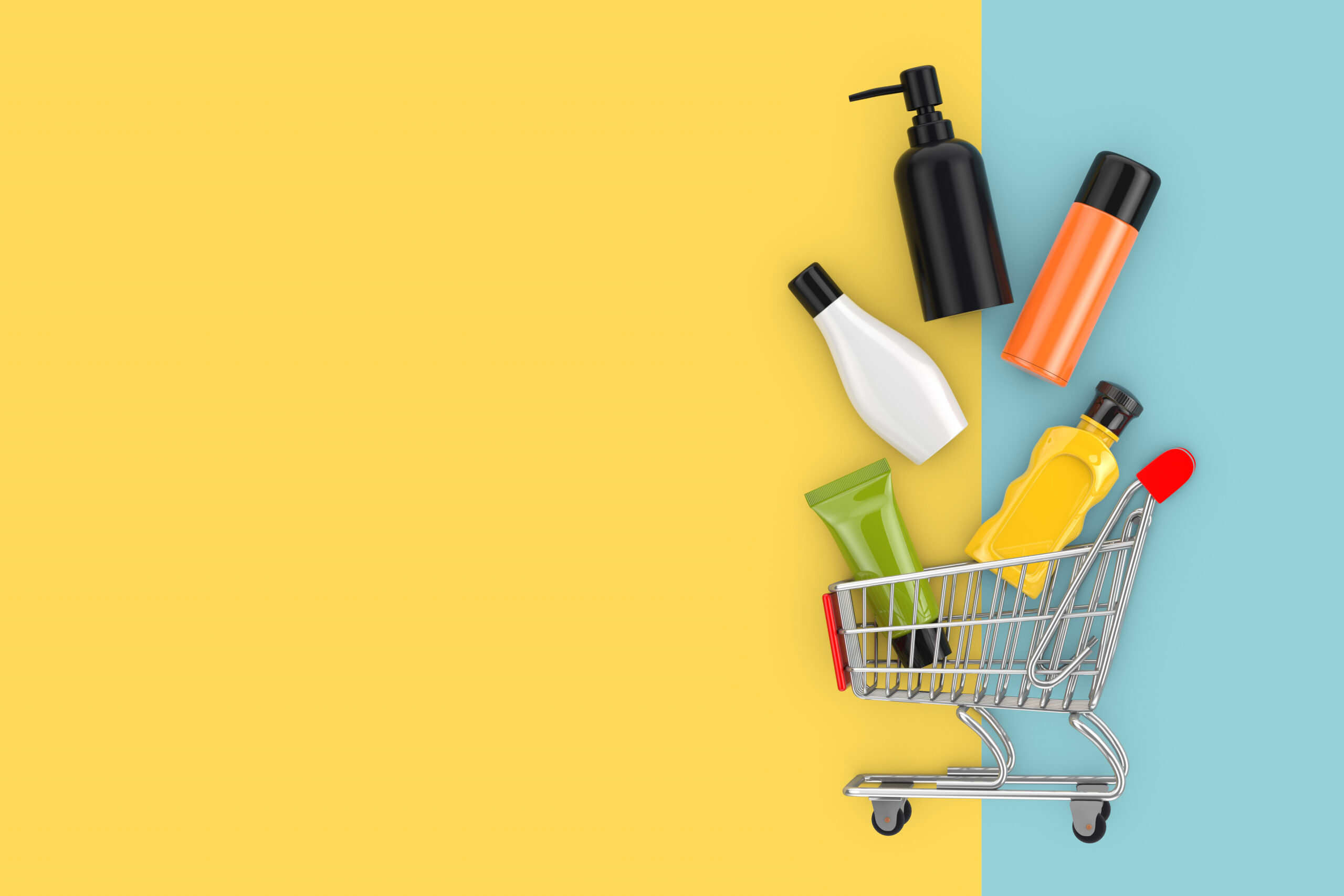It goes without saying that the COVID-19 pandemic has irrevocably changed almost every aspect of our lives. Even as mask mandates are lifted, and many people are trying to regain a sense of normalcy approximating what life was like before February 2020, there are certain shifts that the pandemic brought on that are here to stay. Our relationship with work, whether it was the forced flexibility of working remotely or the widespread exhaustion of working through a global crisis, was deeply impacted. Our relationships with mental health became a much bigger part of everyday conversation, than ever before. And of course, our relationship with shopping underwent massive changes that are still playing out today. We are fundamentally different consumers than who we were in 2020, and retail will never be the same, and there are a few important things retailers should keep in mind as they continue to navigate the landscape of shifting consumer needs and trends.
Before we jump in, however, it should be noted that COVID-19 was not singlehandedly responsible for the huge shift in retail. Sure, the obliteration of in-person shopping for months played a role, but the pandemic arrived in the middle of the ongoing “retail apocalypse.” Big box brick-and-mortar stores like Sears, Toys “R” Us, and Forever 21 had all declared bankruptcy in the years before the pandemic. E-commerce had already been on a steady rise and consumers generally had less disposable income to spend in light of stagnant wages and rising living costs (and started to shift their spending to focus more on experiences like dining than retail). But COVID was the final straw.
Out: Big boxes, kind of
Insider recently reported that major retailers are planning to close over 2,300 stores across the US in 2023 for various reasons. While stores like Bed Bath & Beyond are shuttering due to bankruptcy, other big retailers are shutting certain large locations and opening newer, smaller locations. Malls are seeing a huge exodus in light of the declining foot traffic, with institutions like Bath & Body Works and Footlocker closing their in-mall locations in favor of standalone stores. Even Best Buy is shuttering locations to build smaller, outlet locations to suit consumer needs, namely consumers cutting down on purchasing new electronic items.
It’s important to keep in mind that BOPIS (buy online, pick-up in store) remains a regular part of the consumer experience and self-checkout is on the rise. On top of that, for certain big box stores, adapting to the volume of e-commerce has changed the fundamental function of the physical store. Namely, as Insider points out, big-name shops like Ulta, Walmart, and Macy’s have started to become their fulfillment centers, especially when it comes to the thorny business of returns.
Big box stores operated on the principle of “one size fits all,” providing a giant space for any consumer to get (and/or stumble upon) something that they want. But consumers have gotten savvier, trading in aimless strolling for aimless scrolling, and looking for more of a personal experience when shopping in person. Big box stores are trading in the big box for something more personalized that meets consumers where they’re at physically (literally, by opening locations in underserved neighborhoods) and financially (Nordstrom added new locations of their discounted Rack store this year and Dollar General and Family Dollar are two of the top retailers opening more locations). Smaller locations allow for the big retailers to become a bit more agile, a huge benefit smaller retailers can take advantage of.
In: Unique in-person shopping
The pandemic put a huge damper on in-person shopping, and consumers still take advantage of contactless pick-up when it comes to shopping, but consumers are back to in-person shopping at large. If the shift in big box stores indicates anything, it’s that people are shopping in person now more than ever, but they are wanting more out of it. Consumers want things personalized. With so many options to choose from, they want to feel like their clothes, their electronics, and their household goods were made for them. And because we can always just add what we want to a cart online, improving the in-person shopping experience in a way that works together with the online experience while elevating that personal connection is a must. Whether retailers are shifting their focus on more “values-based” consumers or deploying AI to create a more unique experience, it’s all about transforming “running to the store to grab something” into a more engaging and intentional experience—depending on the situation.
It may seem contradictory, but big box stores being transformed into hybrid fulfillment centers that are not focused on customer service, while also trading in huge warehouse-style locations for smaller venues that invite customer-service-heavy interactions are part of the same overall strategy of meeting mass demands while also curating a more personal shopping experience while bridging the gap between online and offline shopping.
Out: Influencers
For the last nearly ten years, it seemed like the number one advice given to retailers to improve their brand’s reach was to launch an influencer campaign. After all, they’re called influencers for a reason; they’ve gained the admiration of their followers and have a real impact when it comes to endorsing products and brands. Even nano- or micro-influencers, who may not have millions of followers, can be a real asset as their followers can be more engaged than those passively following bigger celebrity influencers.
However, over the years the influencer market has also seen a shift in the relationship between influencers and their followers. A recent study found influencers might not have the trust they used to 81% of respondents said: “a brand’s use of influencers has either no impact or a negative impact on their perception of that brand.” 62% of respondents had never purchased a product based on an influencer’s endorsement.
It certainly hasn’t helped that there has been a recent smattering of high-profile influencer controversies, from the infamous Shein brand trip—that saw several influencers’ reputations ruined after taking a Shein-paid trip to the company’s “innovation center” and defending the company’s business and labor practices despite multiple investigations detailing heinous labor violations—to the mess that is the Tarte brand trips. Influencers are still a powerful ally for brand promotion, but (perhaps by nature of social media’s transparency and overexposure during stay-at-home orders) the industry has lost authenticity, and with it, consumer trust.
In: Community
One thing that the pandemic impacted the most was our sense of community. Being isolated from one another was painful in many ways and led to new and exciting ways to build connections online. Many people are returning to making those connections in-person again, but the need for the community remains in us in other ways too, especially as consumers.
The most important part of maintaining a strong consumer base is maintaining trust, and that takes time, care, expertise, and community. Getting a solid recommendation for an eyeliner from a friend can carry just as much weight as a celebrity endorsement. According to a study, nearly 90% of respondents trust the suggestions and recommendations of their friends and people they know over influencers because there is real trust there. It’s not necessarily about getting in on a trend but using something that works.
Personally, I’ve taken maybe 16 different quizzes to tell me my skin type and have had an algorithm make several product recommendations based on that, but going into a store and talking to someone about the products (and trying them out) is what actually sticks with me and makes me purchase products.
Retailers can make the most of this dynamic with their in-person shopping experiences, and many are, as independent retail has really seen a boom since the pandemic. As Max Rhodes at Fast Company writes, “Small shop owners create magical experiences that closely connect them to their communities. They bring back the “ah-ha” moment of discovery that was lost in the optimization of commerce.”
Having someone on the ground who is knowledgeable enough about products and able to understand what a customer actually wants to make a personal recommendation is the kind of intimate, bespoke, and cherished experience consumers desire. And it helps retailers solidify their place as part of the community that keeps customers coming back.
A Raydiant survey found that “61% of consumers are likely to spend more at a location – and 90% said they are likely to return to that store – if they have a positive in-store experience.” The opportunity for customer retention is huge, especially compared to online shopping.
It’s been three years since the pandemic changed almost everything we knew about retail. As Ulta’s Chief Supply Chain Officer Aimee Bayer-Thomas put it, “The consumer journey is no longer linear.” There are more ways to shop than ever before, but a retail strategy that integrates online and offline shopping to create unique, personal experiences, while a touch balance to achieve, is crucial.
About the author.
Sam Mani writes about work, creativity, wellness, and equity — when she’s not cooking, binging television, or annoying her cat.



